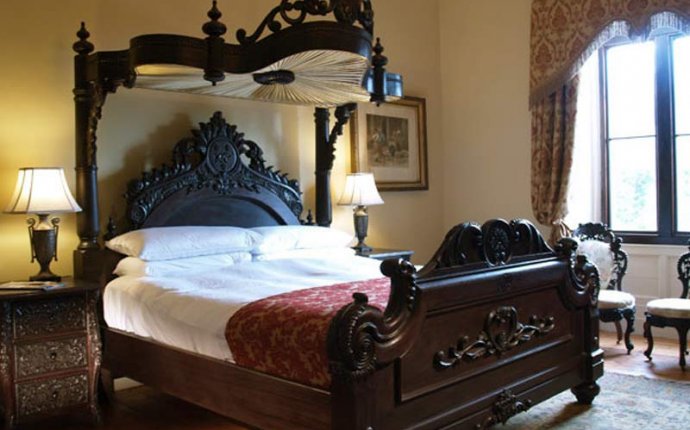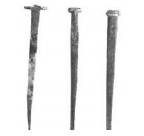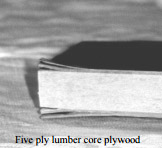
1900 Antique Furniture

Introduction
Purpose of presentation is to define what an antique is and give you some tools for determining age of your furniture. We will also talk about furniture construction and furniture styles. Armed with this knowledge, you will be able to make a better educated guess as to the age of your furniture.
What is an antique?
Depends on who you ask. Israel Sack, a dealer of fine early American furniture, says that an antique is anything made before about 1820 -1840. (1840’s the beginning of factory made furniture). Under this definition, Victorian, Centennial revival and arts and crafts furniture don’t count. Some say, “Anything over 100 years old.” Antique malls stretch the definition even further. If it is “old” (i.e. your grandma owned it) it is an antique. This includes collectible factory furniture such as 40’s-50’s modern furniture such as Heywood Wakefield or regional favorites such as Willett.
Is old furniture better than today’s furniture?
Maybe. There was a lot of poorly constructed furniture made for the masses over the years. Poorly constructed furniture from the 1880’s is still poorly constructed furniture today. However, some 1900’s furniture is better constructed than some “fine furniture” being sold today in furniture stores. You can find some real values buying older, well constructed pieces vs. buying new “curb furniture”.
 So how do I tell how old my furniture is?
So how do I tell how old my furniture is?
Learning how furniture is constructed will give you clues as to the age as well as the quality of the furniture. You can learn a lot about a piece by examining drawers, testing the finish, looking at saw marks and examining fasteners.
Nails
1. Hand Forged, 2. & 3. Cut Nails
Hand forged or rose head nails used between 1650 and 1800. Cut nails were used between 1790 and 1900. Modern Wire Nails with round heads were first manufactured in 1885.
Screws
L. Hand Cut. R. Machine Made
Most screws made before 1840 were cut by hand, can have little or no taper and sometimes have no points on them. Slotted head shiny screws are a sure sign of new work. So are Phillips head screws. They were invented in 1938 for the automobile industry.
Dovetail joints
used to hold drawers together and sometimes used in cabinet and case construction.
Hand cut dovetails can be narrow or wide and the dovetails generally feature a scribe mark to aid in the cutting of the joint. Dovetails were cut by hand until machines started doing the work by 1900.









